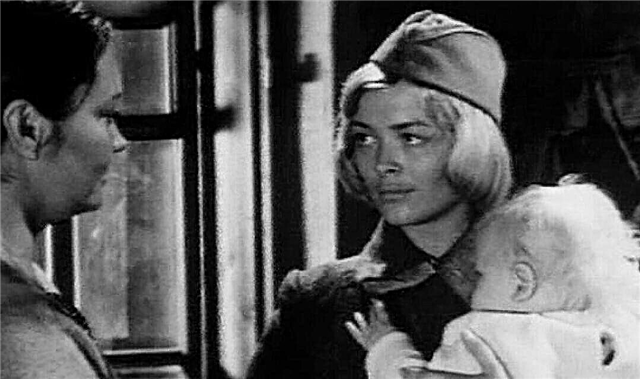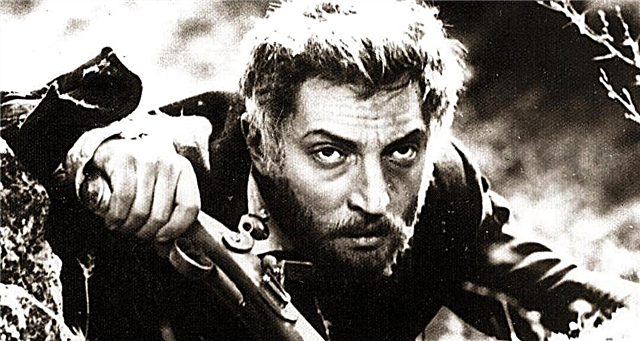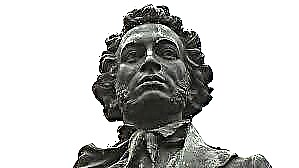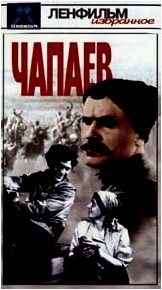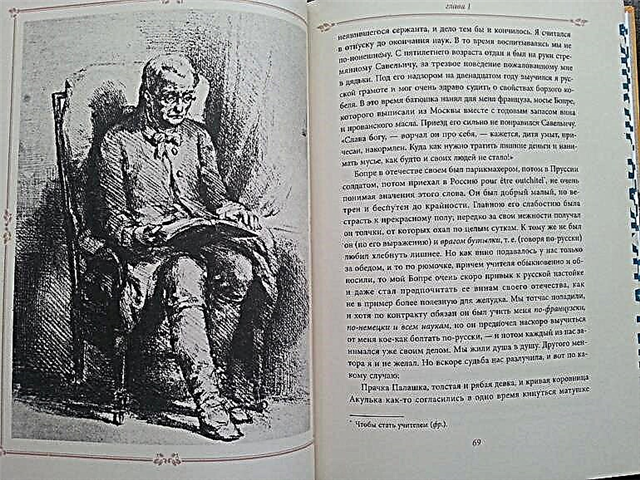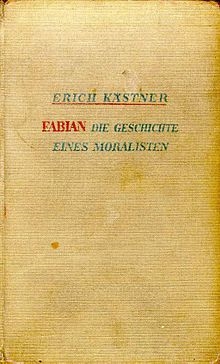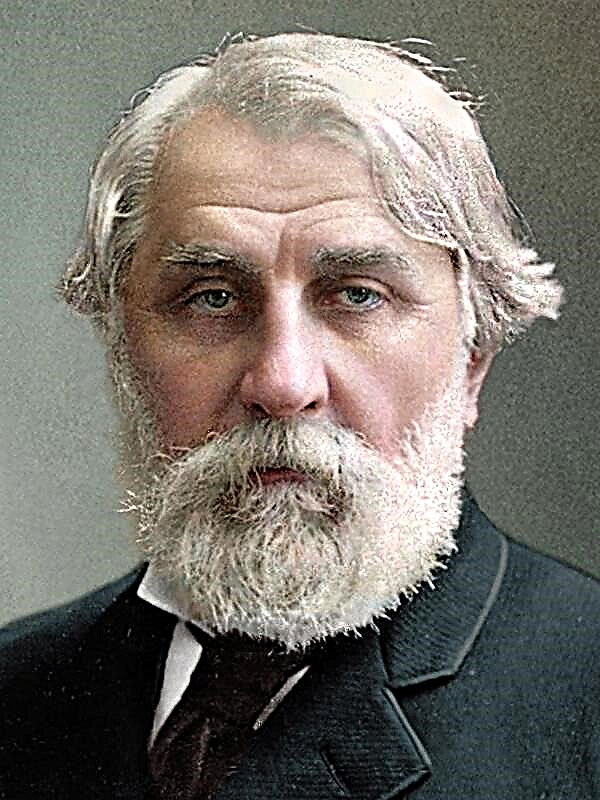A. Akhmatova is the greatest poet of the 20th century. She was remembered by many for her irreconcilability to those who betray the Motherland, and her patriotism. For many readers, Anna Andreevna is the creator of only civic lyrics, but this is far from the case. This is a virtuoso of her work, in her work not only patriotic poems, but also deeply lyrical, sublime and easy ...
History of creation
In 1915, an unusual poem for Anna Akhmatova was published: “There are days before spring”. Few expected her to turn to a similar topic - landscape lyrics. It’s no secret to anyone that Anna Andreyevna all her life urged to call herself a poet, not a poetess, so as not to stand out from the society in which she was mainly located.
One of her few friends was the wife of Chulkov, the owner of her own literary salon, Nadezhda. At one evening, over a casual conversation, two ladies argued for a long time whether the poet could be great and talented if he addressed only one topic. Akhmatova accepted this rhetorical question as a challenge, disbelief in her talent. On the same evening, Anna Andreevna promised to publish a poem in which there would be no appeal to topics typical of her repertoire. And so it happened, in 1915 the Chulkov literary salon “heard” Akhmatova’s new work. After that, no one else could even for a moment doubt her talent.
Genre, direction and size
The poem “There Are Days Before Spring” is atypical for Anna Andreevna’s lyrics, but it’s excellent only on the subject, otherwise the author does not change himself. The poem is written in the direction traditional for the poetess - acmeism, which professes clarity in the expression of thought and the supremacy of meaning, rather than poetic colorfulness.
The size of the poem, the five-foot iambus, is also typical of Akhmatova. Together with a pair rhyme (ABAV), you get the feeling of a light conversation with the audience.
Composition
The poem "There are days like this before spring" is small in volume, it contains only 8 lines. Conditionally lyrical work can be divided into 2 parts.
- The first part is subordinated to a specific description of the time and state of nature that surrounds the lyrical hero - “a meadow is resting under dense snow”, “trees are merrily dry rustling”.
- The second part consists of a description of the feelings of the hero himself. The lightness and ease of the inner world of a person, faith in something good and bright are described.
Images and Symbols
The main image in the poem is nature, or rather, the change of seasons. Spring is about to come, winter is losing ground, and all nature is waiting for something different and new. It is worth noting that the image of nature is complex. The world around Akhmatova in this work is not just landscapes, meadows and forests, fields and spills, this is also a lyrical hero.
The image of man is as if part of the image of nature as a whole. Man completely shares this thirst for life.
Themes and mood
The main theme of the poem is a change with the advent of spring, both in nature and in human consciousness. All living things only wake up, wake up after a long sleep. So the person comes to life after a period of despair or despondency. With the advent of spring, she gains faith in a brighter future, strives for something new, unknown, acquires a great thirst for life. The poetess as if advises readers to forget the familiar and old burden of worries, and not be afraid of new twists of fate, something unusual.
It is worth noting that she identifies the liberation from the winter sleep of nature with the awakening of the human soul: they have everything in common. “Warm wind” and a light body are very strongly related descriptions of changes. The world and man do not exist separately. Any change outside the window pushes the person to similar metamorphoses.
Idea
The main idea of the poem “There are Days Before Spring” is to express the feelings of an ordinary person, which vary depending on changes in nature. The author points to an invisible connection between the world and the people living in it. Everything, even the smallest metamorphoses in the weather, the person takes very close to his heart, changes after a sunbeam or a drop of rain. If in spring something new and fresh comes to the earth, then a person opens a new breath, a thirst for life and an impulse for accomplishments.
The meaning of the work also expresses the need for internal prosperity. Many of us live in a stagnant routine and stay in eternal winter. You need to be able to open your heart to change and fresh wind, otherwise our inner harmony will collapse.
Means of artistic expression
Despite the rather small volume, the poem abounds with visual expressive means. What catches your eye right away is anaphora. 4 lines begin with “and”. It is no coincidence that the poetess resorts to this powerful trick - she reinforces the impression of readers who feel the lyric hero much stronger, because exactly half of the work begins with the same letter. Man instinctively pays more attention to these lines.
It is also worth noting that at the beginning of the poem, the author resorts to the use of a metaphor - “an anthology of Russian poetry”. Anthology - a collection of; Akhmatova points out that this work serves as some headline to all of Russian poetry, to all landscape lyrics.
The poetess uses a very catchy epithet - “fun-dry” trees. Akhmatova puts deep meaning into this epithet - nature, which is just beginning to wake up from a long winter, expects a certain renewal, a pleasant change of scenery, which is why it comes to fun. The personification (“the meadow is resting”) creates a special imagery. This technique helps readers more easily understand how nature and man are changing along with it in anticipation of spring.

